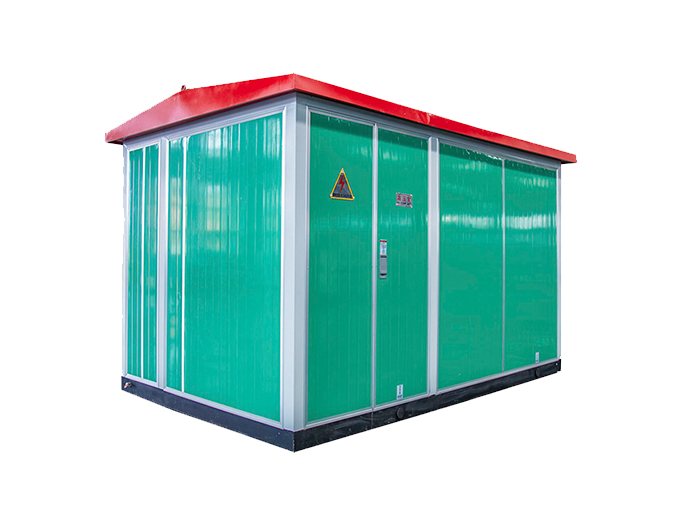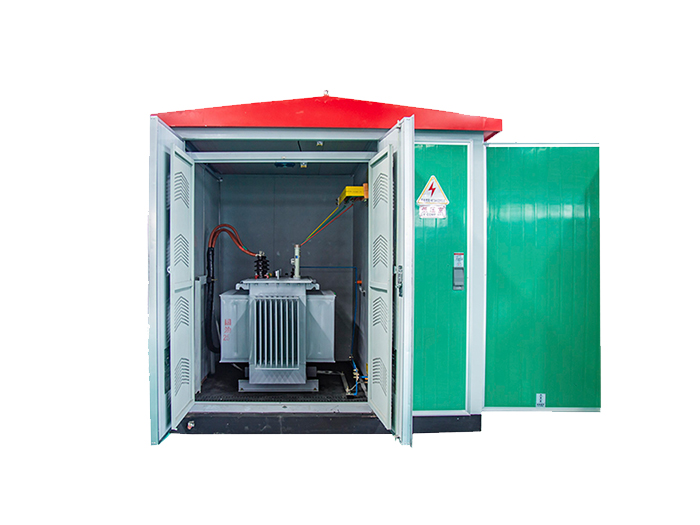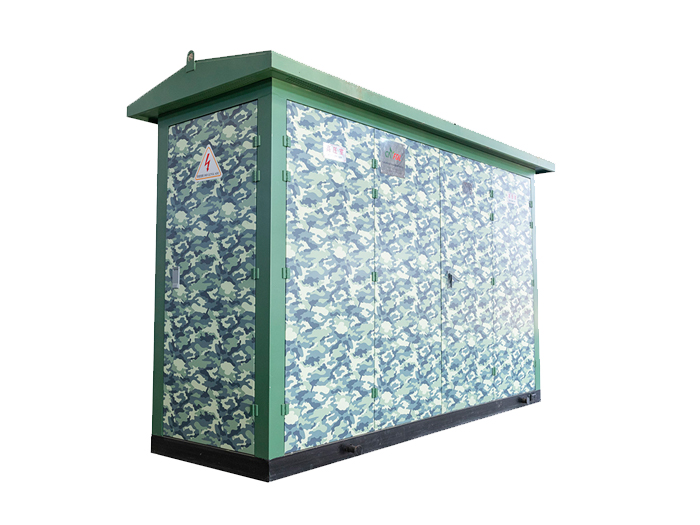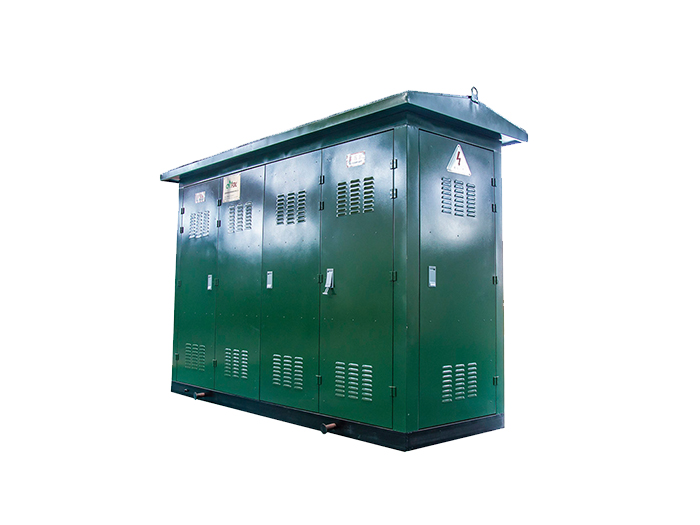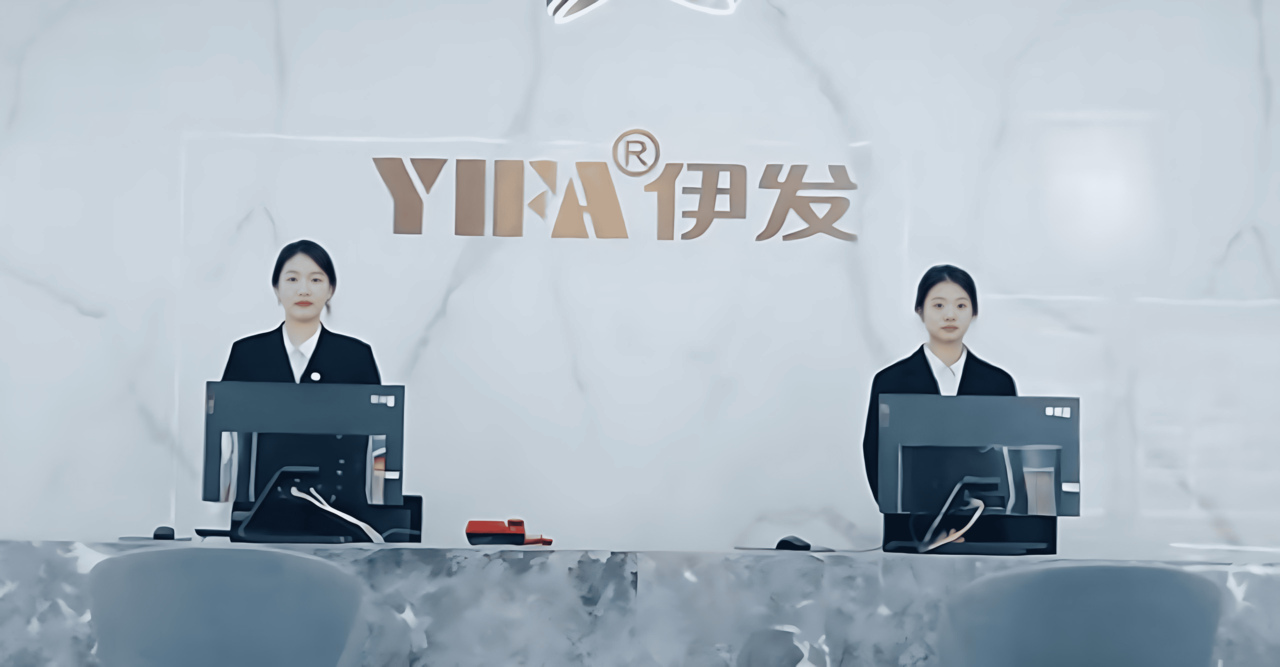Product Advantage
YIFA's transformer substation has a series of advantages and features, including efficient transmission and reduced loss, long-distance transmission capability, enhanced system stability, improved power quality, land resource conservation, high level of automation and intelligence, environmental protection and sustainability, etc. These features make high-voltage substation an indispensable and important part of the power system, providing a stable and reliable power supply for the economic development of society and people's lives.
-
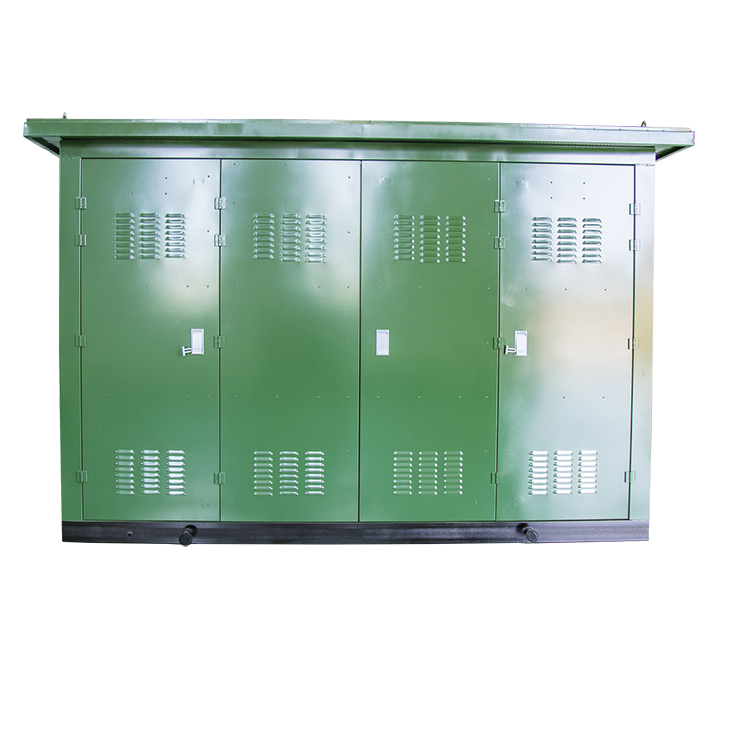
Efficient Transmission and Reduced Loss
YIFA’s transformer substations are engineered for maximum energy efficiency, significantly reducing transmission losses and ensuring cost savings, while supporting sustainable power delivery for modern industrial and commercial applications.
-
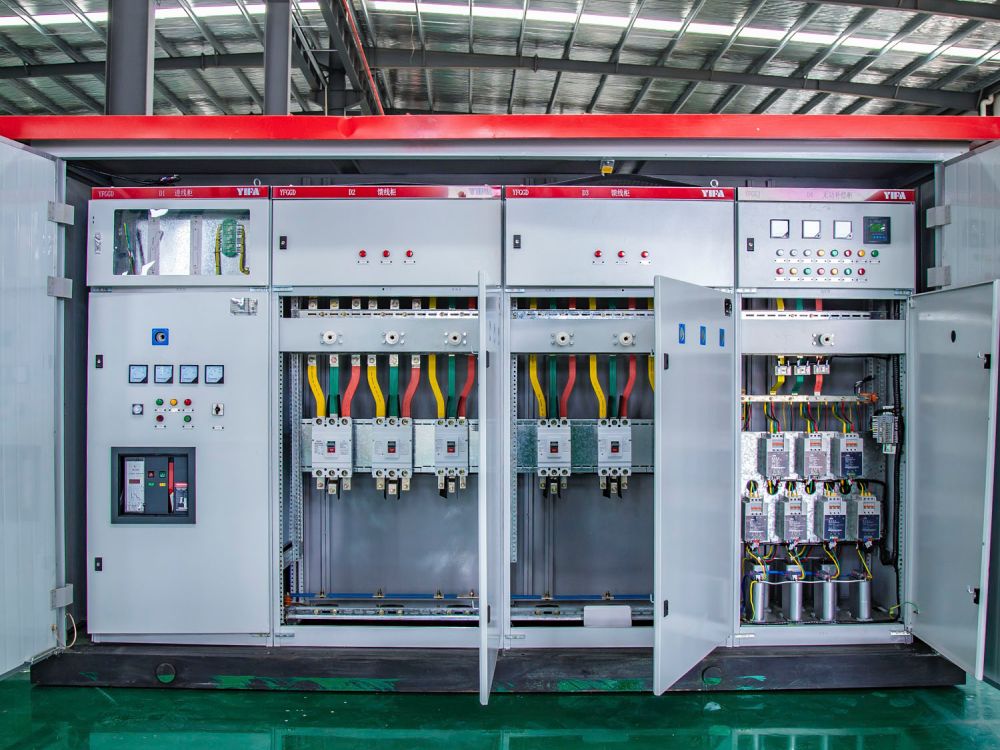
Long-Distance Transmission Capability
With advanced design and robust insulation systems, YIFA substations enable reliable long-distance transmission, ensuring consistent energy supply across vast regions while minimizing interruptions and maintaining stable performance.
-
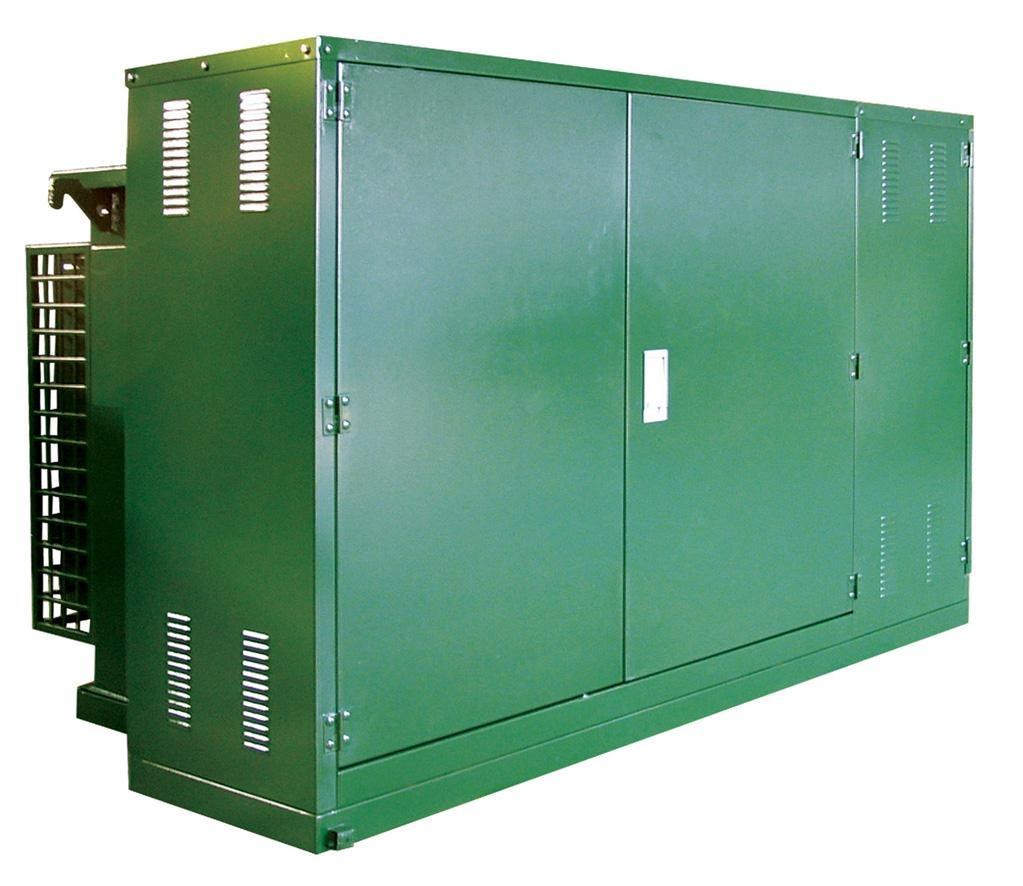
Enhanced System Stability
The substations provide strong fault tolerance and load adaptability, enhancing grid resilience, reducing voltage fluctuations, and improving overall system stability even under peak demand or challenging environmental conditions.
-
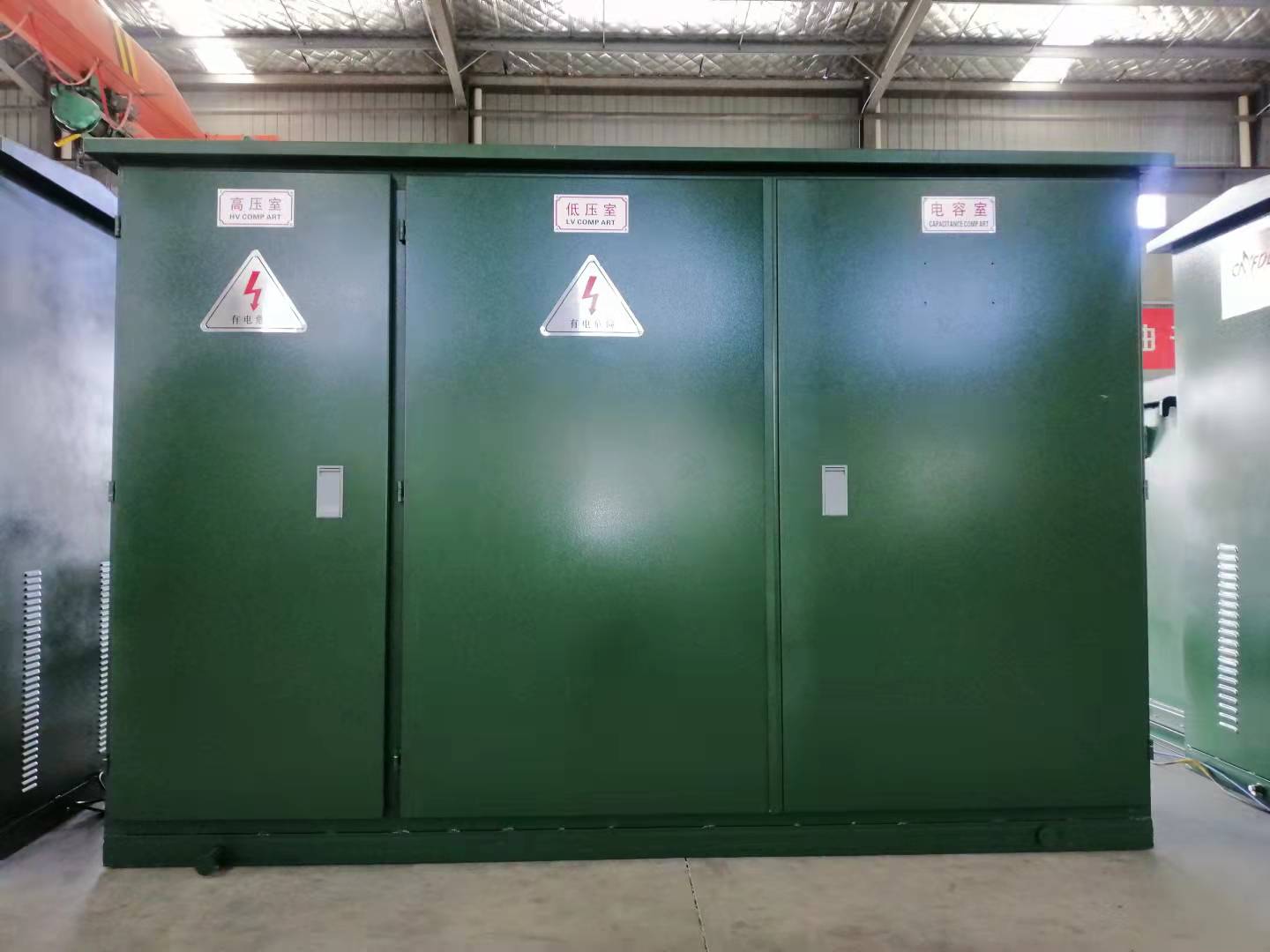
Improved Power Quality
By delivering cleaner, more consistent electricity, YIFA substations minimize harmonic distortion and voltage imbalance, improving power quality for end-users and supporting the smooth operation of sensitive electrical equipment.
Frequently Asked Questions
-
What is a substation?

A substation is an electrical facility that transforms voltage levels (e.g., stepping up/down AC voltage) and distributes power to end-users through interconnected grids. Its core functions include voltage conversion, circuit protection, and energy flow control.
-
Why are substations necessary?

1. Reduce transmission losses: High-voltage transmission minimizes energy loss over long distances.
2. Enable voltage conversion: Transformers step down voltage for safe distribution to residential/industrial users.
3.Manage grid stability: Monitor and control power flow to prevent outages. -
What devices are essential in a substation?

Core equipment includes:
Transformer: Converts voltage levels (step-up/step-down).
Circuit Breaker: Automatically interrupts fault currents.
Disconnector (Isolator Switch): Ensures electrical isolation during maintenance.
Current Transformer (CT) & Voltage Transformer (VT): Measure electrical parameters.
Surge Arrester: Protects against lightning strikes/voltage spikes. -
What key terms relate to substation safety?

Earthing/Grounding System: Provides a low-resistance path to dissipate fault currents.
Arc Flash Hazard: High-energy electrical explosion risk during faults.
Lockout/Tagout (LOTO): Safety procedure for de-energized equipment maintenance.
-
What are the main equipment of the substation?

The main equipment of the substation includes primary equipment such as transformers, high-voltage circuit breakers, disconnectors, busbars, lightning arresters, capacitors, reactors, and secondary equipment such as relay protection devices, automatic devices, measurement and control devices, metering devices, and automation systems.
-
What are the layout requirements of the substation?

The structural design and equipment layout of the substation should be compact and reasonable, which is convenient for the operation, maintenance, testing and inspection of the operating personnel. At the same time, the minimum channel width requirements should be met, and the development and expansion requirements should be appropriately considered. In addition, the facilities of the high and low voltage distribution rooms should meet the safety and fire prevention requirements, and combustible materials are not allowed to be used for decoration in the station.
-
How to deal with abnormal situations in the substation?

If abnormal situations occur in the substation, such as excessive temperature and fire, the operation and monitoring personnel should promptly discover and take measures to deal with them. For example, equipment such as temperature and light smoke alarms can be installed to monitor abnormal situations, and timely alarm and handle them.










